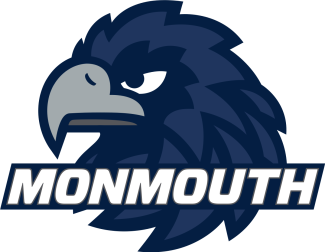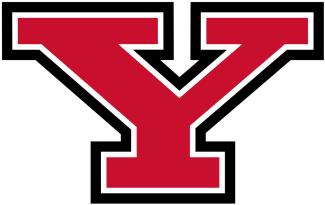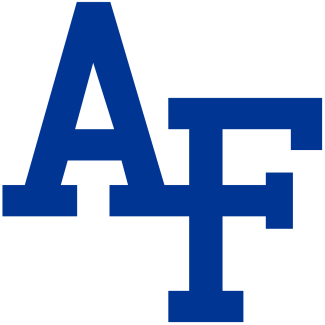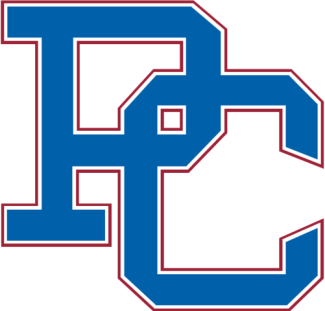How can diversity help a student-athlete?
“You have to want to expand the sport at this point. It starts at the top. It has to work itself down, and everyone has to be in tune. The bottom line is, if we’re talking about money, like everything else, the black race has been consumers, and we also are good storytellers and musicians and singers. That’s been proven. There’s a creativity that is present. There are ways that we can quickly advance the game, but we have to want to do it. You have to see the value. To me, diversity is just as valuable to the dominant group as to the non-dominant group. I look at my area and the players. There are some that have never experienced a black teammate or a black person, so to live with me for four years was an experience for them and their parents, as well. To have to participate in things with the support of the coach and university, that was a plus for them. When they went out for jobs in teaching or medicine or law, they weren’t strangers to people of color. It wasn’t a scary thing. Sport is a vehicle that can really diversify the thought process of your athletes and coaches.”
From your experience, what models have worked in getting more children in evolved in the game?
“During school, they should have a quality physical education program, and then after school, everyone has to go out for a sports team or theater or music. Especially now, they’re saying, ‘You city kids need to pass these tests. You don’t need sports, you don’t need the arts.’ That in itself is very disappointing. Through my development, that’s what saved me. I never played organized sports growing up. I grew up in a black community in Philadelphia with great parents and a religious background. I became comfortable with myself and who I was. I didn’t realize the impact of race.
“I was just having fun. I had no intention of being a US Lacrosse player or a USA Field Hockey player. I was given the opportunity to be exposed to the environment and playing sports and going to class with people. There, you can compare your abilities to someone else’s abilities. Then, you realize, ‘Oh, I’m pretty good at this.’ Given an opportunity, kids are sooner than later going to find what they’re good at. Don’t penalize the folks who don’t have the economic means.”
How much have we progressed as a sport in the past 50 years?
“I’m just disappointed because I didn’t think we’d need the Black Women in Sport Foundation [which she co-founded in the early 1990s] by now. But we might need it more than ever. That saddens me.”
Do social media and television help raise awareness of black athletes in all sports?
“I had never even seen a lacrosse game until I got to West Chester. I had never seen lacrosse. I was limited. Now, they’re using television to sell products and make money. Not a lot of black people played golf, but they saw Tiger Woods and they’d buy the gear and the shirts. They’d watch the matches. They never had a chance to play because they didn’t have access to the facility, but they bought the gear. That’s critical. In reality, a lacrosse stick doesn’t cost that much in comparison to some other sports. Once you learn the basics, you can be so creative. You don’t have to depend on just NBC or ABC. You can’t stream it yourself. You can reach a lot of young people that way.
“Television and social media can have a big influence if we choose to use it. And journalism as well. Women’s lacrosse, if given the opportunity to have the best talent out there with these club teams, and make it accessible, the money is going to flow. They have to want to do it.”


























































